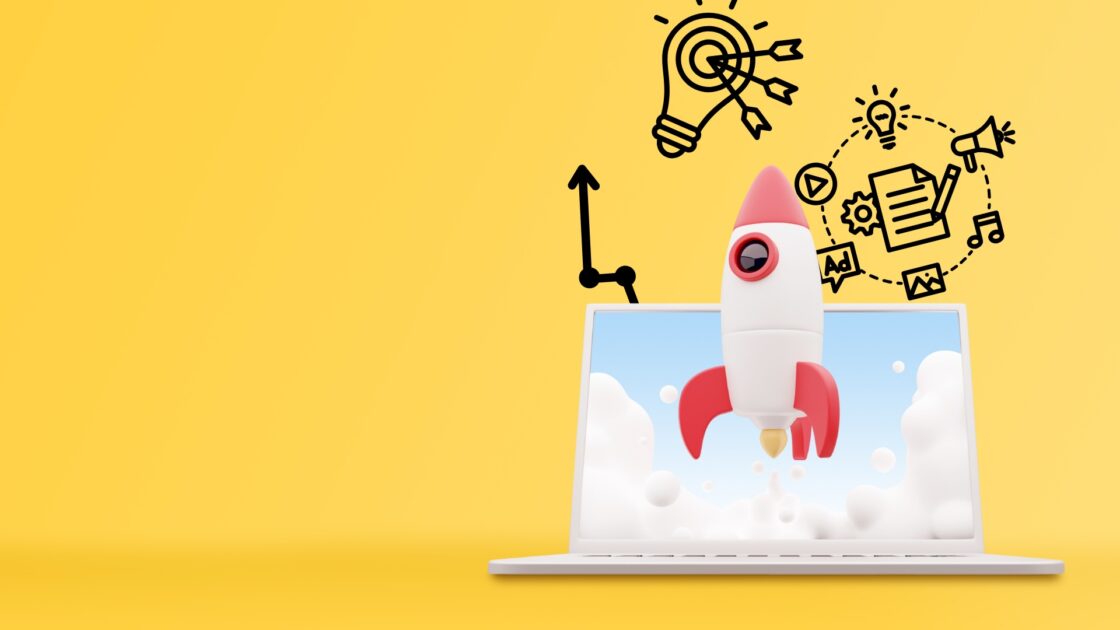Making Assumptions in Marketing: Just Don’t Do It (Revised)
Making Assumptions in Marketing: Just Don’t Do It (Revised)
This post is part of our Aventi Insights Refresh series, where we revisit some of our most-read articles to bring them up to date with today’s B2B realities.
Assumptions in marketing are no longer just risky—they can cost you credibility, pipeline, and alignment in a world of extended buying committees and fast-moving buyers. Here’s our updated take for 2025.
As a product marketer, you’re swimming in data, personas, product roadmaps, and buyer signals. It’s natural to lean on what you think you know about your audience, product, or market. But unexamined assumptions can sneak into your messaging, content, and campaigns—and lead you astray.
“An assumption is an unexamined belief: what we think without realizing we think it.” — (University of Louisville Libraries)
The danger? You end up crafting marketing that reflects you—or your product team—instead of your buyer.
In the age of data-driven B2B GTM, you must swap guesswork for evidence. That means stepping beyond “we know this persona” to asking “do I have real signals that this persona behaves this way?”
1. Challenge Your Internal Narratives
Are You Operating on Familiar Assumptions?
- You know your product inside out—so you naturally talk about features. Yet your buyer might care much more about outcomes.
- Your persona might feel real—but does the research confirm they still exist in that form?
- The market may have shifted, but your content and messaging are still referencing old pain points.
Update for 2025:
- Use conversation-intelligence tools (e.g., call transcript analytics) to validate how buyers actually describe their problem.
- Listen to sales calls, support requests and prospect/customer interviews—these often betray hidden assumptions about your product’s value.
- Re-verify your persona: job titles evolve, roles shift (e.g., “Director of AI Risk” now exists), and so do buyer motivations.
2. Research Deep—Don’t Just Assume
Prioritize buyer insights over internal comfort
Your instinct may tell you you know your buyer’s pain. But if you’re basing your campaigns on what you imagine, you’re still making assumptions. The data below shows why:
According to MarketingProfs, 87% of the most successful organizations prioritize their audience’s informational needs over their organization’s sales/promotional message. By contrast, only 41% of the least successful organizations do so. Aventi Group
What to do in 2025:
- Shadow real buyers or send detailed surveys that probe their current workflows, tools, frustrations.
- Look at external signals: job posts, LinkedIn activity, intent-data platforms.
- Use AI text-analysis to group buyer comments and uncover language patterns you hadn’t considered.
- Map assumptions in a simple table: “We assume this is true” → “Here’s evidence” → “We need to test this.”
3. Recalibrate Your Messaging to Their World
Make sure you’re talking about their problem—not just your solution
Once you’ve surfaced real insights, shift your messaging accordingly:
- Lead with the job to be done, not your product.
- Ask: How does this role think, act, and feel now?
- Tie messaging to quantifiable business outcomes (e.g., reduce audit time by X%) instead of “we do this.”
- Avoid relying on what you think is obvious—buyers may not even see it that way.
2025 upgrade:
- A/B test your headline and opening sentence with real buyers (via survey or piloting).
- Personalize messaging by buyer-cluster (e.g., risk officer vs. procurement lead vs. business unit owner).
- Include messaging for status-quo bias (e.g., “the reason many keep using the old system is risk, not ignorance”).
4. Structure an Assumption-Validation Process
Treat assumptions as hypotheses—test them.
Assumptions aren’t the enemy. Ignoring them is. The smarter move: identify them, rank them, test them.
Key steps:
- List assumptions: Example: “10% of our target market cares enough about X to switch.”
- Rank by risk (impact × uncertainty).
- Test quickly: run a landing page, mini-survey, or pilot campaign in 90 days or less.
- Review and adjust: document what changed, how messaging or positioning needs to evolve.
2025 context:
- Use AI-powered tools to automate assumption mapping (e.g., what customers say vs. what we thought they said).
- Build feedback loops from sales, CS, usage data to refine assumptions continuously.
- Include assumption auditing in your quarterly business planning (not just at launch).
5. Embed Assumption-Awareness in Your Team Culture
Everyone should know what beliefs underpin your campaigns
- Share your “assumption register” with marketing, sales, product, CS teams.
- Make team-members ask: Is this based on data or belief?
- Teach reps and writers to refer to persona language you validated—not what you assumed.
In 2025’s B2B world, where buyers challenge vendors more, transparency and shared insight are competitive advantages.
Bringing It All Together
Assumptions are human. But they become a problem when they’re unexamined, unchallenged, and untested.
By converting assumptions into validated insights, you’ll create messaging and campaigns that feel less “salesy” and more genuinely aligned with buyer reality.
At Aventi, we partner with B2B tech companies to walk this path—moving from belief-based tactics to evidence-based strategies. If you’re ready to strip away the guesswork and build marketing that speaks to what your buyers actually care about, let’s talk.




